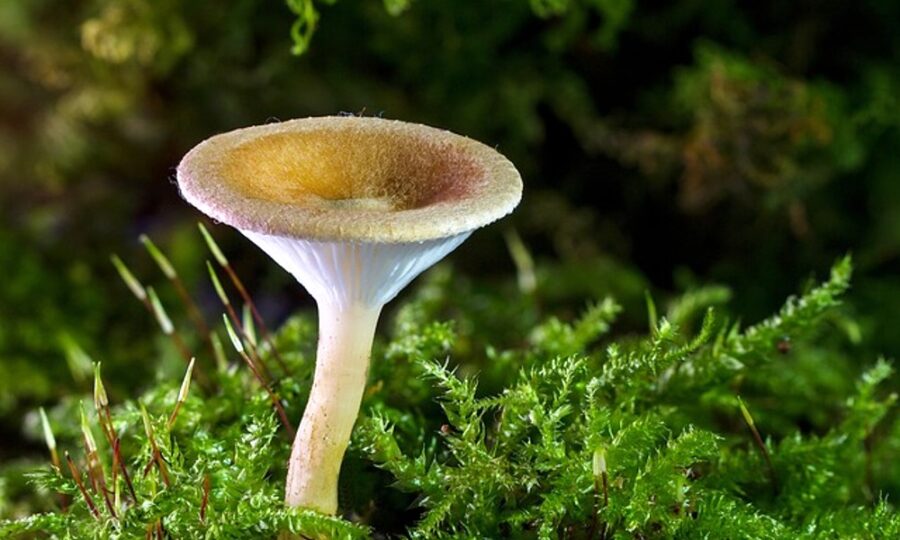World’s Most Popular Banana Disappearing Forever? It’s Actually Possible And Here’s Why

Who doesn’t love bananas—they’re nature’s own naturally, conveniently packaged fruit and a staple of households across the globe. So much so that, each year, the world consumes a staggering 100 billion bananas (you read that right), with the most popular variety, by far, being the Cavendish banana. But, according to ScienceAlert, a lethal fungus threatens to wipe Cavendish bananas off the map—and our kitchen tables.
Cavendish Bananas Are One Of The Most Popular In The World

Why does the Cavendish varietal enjoy such immense popularity? It owe its huge overrepresentation to its generous shelf life, high yield of cultivation, and resistance to many diseases that would otherwise kill most fruits. The plant also suits mass production, consumption, and global export/import.
The TR4 Fungus Could Wipe Out Cavendish Bananas

Sadly, this trendy fruit has a dastardly nemesis in the form of Panama Disease (Fusarium wilt) tropical race 4, otherwise known as or TR4—a deadly fungus. The fungus commences at the roots, compromising the plant’s essential functions, such as photosynthesis and water absorption, before eventually killing the banana altogether.
While it may sound like something out of sci-fi (The Last of Us irrepressibly comes to mind), our much-consumed yellow fruit of choice has faced similar threats. For instance, the Gros Michael banana, the most popular variety in the past, underwent extinction at the hands of a savage precursor to TR4 in the 20th century. The Gros Michael’s decline enabled the Cavendish’s ascendency, as the latter enjoyed immunity to the disease (while not, of course, to the current, relentless form of TR4).
Scientists Look For A Solution

Meanwhile, scientists are pursuing the next big breakthrough. For example, a genetically modified Cavendish, referred to as QCAV-4, is undergoing development and, thus far, evidencing strong resistance to TR4. Interestingly, a team of scientists at the University of Cambridge are engaging in grafting—as in, grafting tissue between bananas to eventuate heightened disease resistance. Yet another Taiwanese crew of researchers focuses on employing natural selection to aid the Cavendish in evolving and equipping itself with resistance against TR4 naturally, sans genetic modification.
Do We Need More Banana Varieties?

Ultimately, while scientific strides provide hope and excitement, some experts maintain that the surest solution lies in ending over-dependence on one type of fruit. Author Dan Koeppel, who wrote Banana: The Fate of the Fruit That Changed the World, emphasizes that relying on one, single cultivar invites risk. The logic being that the less variety there is, the easier it is for diseases to evolve and perfect themselves.
Instead, introducing and producing a wide array of varietals reduces the odds of debilitating susceptibility to disease. This approach characterizes the apple industry, known for its admirable genetic variability.












